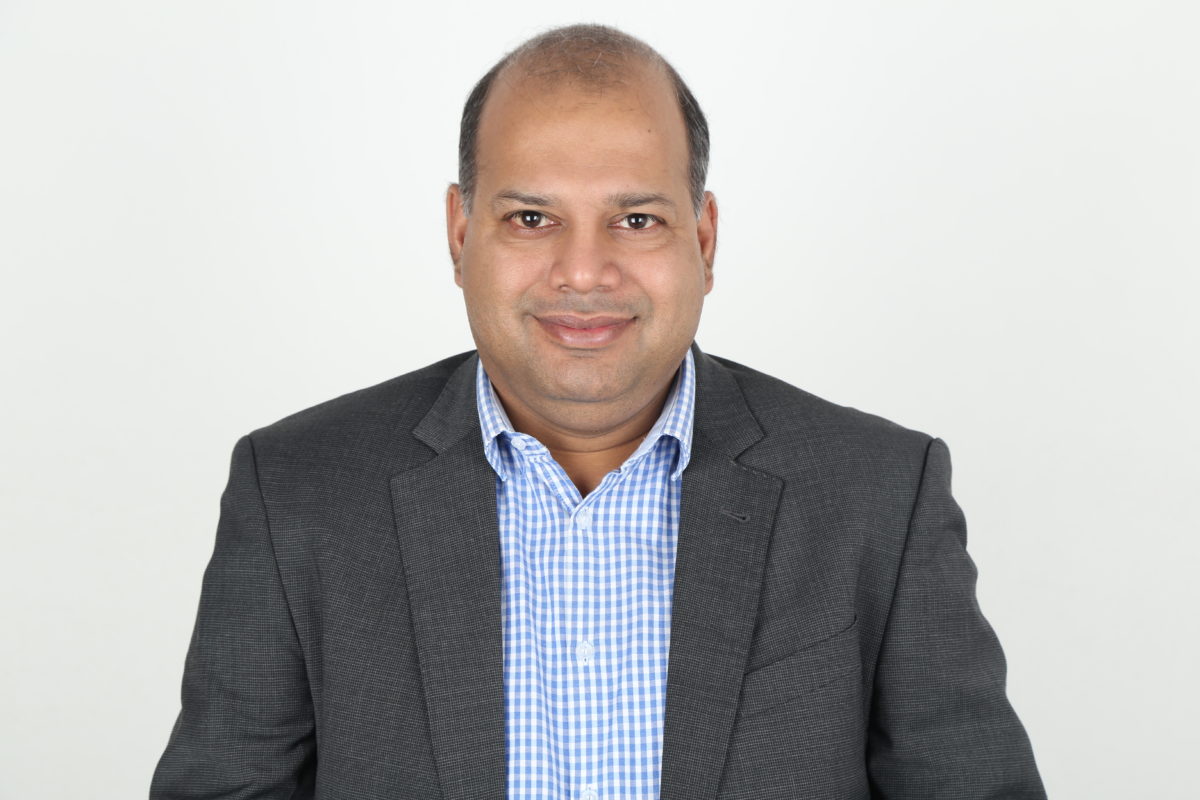pv magazine: You have completed solar projects in quite a few developed countries. What worked for you?
Lalit Jain: Our business model for the overseas market is to take development, financing and construction risks and monetize the projects once they are operational. We had adopted this business model since start of our overseas business almost 10 years back, and we are still following the same.
In the given business model, it is important to choose geographies that have significant entry barriers but clear development policies and bankable power purchase agreements so that project financing is not a challenge.
Based on the above business model and those factors, we focus on developed countries to do solar business. The markets where we are currently active are developed countries with a feed-in tariff regime and which have very high level of competition. These markets also have low interest rates and large investor interest. The technical and financial standards to be met are extremely tough.
Developing countries have a lot of unmet demand for solar power. Do the risks there still outweigh rewards?
As solar tariffs have reduced and become viable without subsidies, we are now considering expanding our business to Sri Lanka, Bangladesh, Nepal and central Asia.
Again, diverse geographies pose unique challenges. How can one minimize risk?
While doing solar business in overseas markets, I believe one should be very careful about maintaining the relationship, adapting to local culture and maintaining low overhead costs.
When we enter any market, we spend time and energy in understanding energy market drivers, legal and regulatory structures, permitting process, availability of finance etc. We use this knowledge to adapt our transaction structures, determine acceptable risks and devise possible mitigation measures. Then we undertake proof of concept by implementing one or two small projects.
Only after this experience do we undertake large investments. In such situations, it is very important for any company to be flexible in its approach.
At portfolio level, we keep a mix of markets with different stages of maturity. We target around 5-10% fund deployment in new markets, 85-90% in existing markets and any balance in cash. We have markets which are our cash cows for us and markets which are at the peak too.
What’s the scope for Indian solar power developers to go global? How does the global experience help back home?
There is a huge potential in various overseas markets. As I mentioned above, it is important to see the macro and micro economic factors for choosing a geography. The developed countries carry lower risks with high business certainty. Target project returns can be achieved by undertaking multiple development cycles and using arbitrage between project returns versus end investor returns.
To adopt a similar structure in India, it is important for any developer to have policy certainty and a long-term roadmap.
This content is protected by copyright and may not be reused. If you want to cooperate with us and would like to reuse some of our content, please contact: editors@pv-magazine.com.









By submitting this form you agree to pv magazine using your data for the purposes of publishing your comment.
Your personal data will only be disclosed or otherwise transmitted to third parties for the purposes of spam filtering or if this is necessary for technical maintenance of the website. Any other transfer to third parties will not take place unless this is justified on the basis of applicable data protection regulations or if pv magazine is legally obliged to do so.
You may revoke this consent at any time with effect for the future, in which case your personal data will be deleted immediately. Otherwise, your data will be deleted if pv magazine has processed your request or the purpose of data storage is fulfilled.
Further information on data privacy can be found in our Data Protection Policy.